Memes are a unit of cultural currency in this digital age found across all social media platforms. These are humorous pieces of content featuring images and text for immediate consumption.
But is it appropriate to use it for marketing? Let’s watch out.
What exactly memes are?
The term “MEME” was first coined by Richard Dawkins in his book, The Selfish Gene (1976).
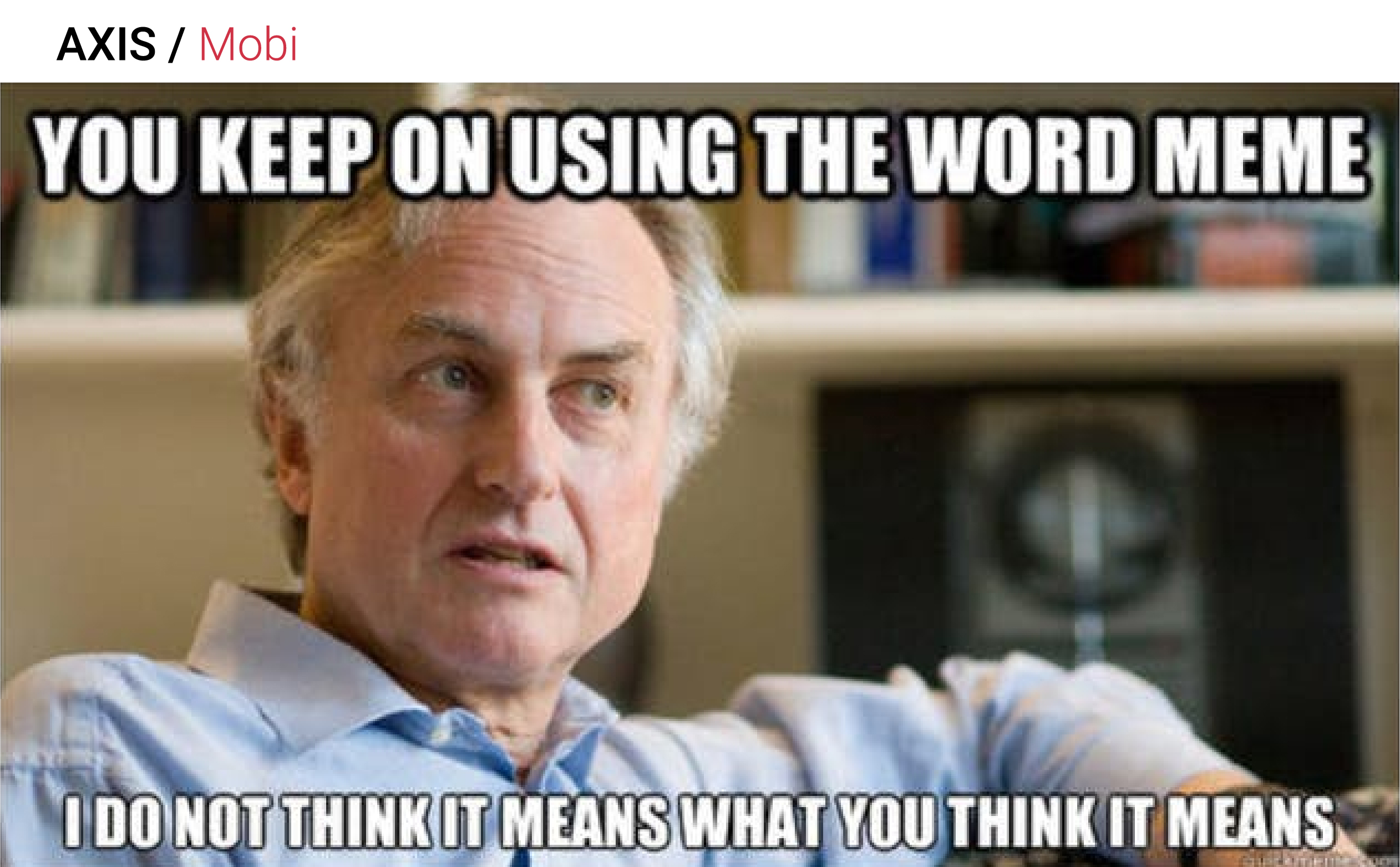
According to Dawkins’ definition, memes contain the cultural ideas, ideals, and customs replicating themselves. They are contagious as they are imitated, shared, and repeated like a virus. When a meme is not worth sharing, it dies away quickly.
The social media platform is the primary and perfect host for transmitting these cultural genes. If a post strikes a chord with the audience, it instantly becomes famous globally. Memes capturing a moment, a thought, or feeling become successful visually, social-media friendly.
It is not necessary that the original meme has to exist for its timeliness; any user can add a text or a new context.

The most classic example is of ‘Distracted Boyfriend ‘. No one can claim that they have never seen this image that first appeared in 2015 and is still used in some form or another. In an interview with Wired, Richard Dawkins confirmed that anything viral is a meme.
Another famous meme of all time is the ‘Doge’ meme:

It all started on Reddit when a user photoshopped cute pictures of Shiba Inu dogs onto different backgrounds. The dog’s unusual expression created a comic juxtaposition with his new surroundings. It generated a satirical cryptocurrency, Dogecoin, which Elon Musk supported. Currently, it acts as a shirt sponsor for Premier League Soccer Club Watford FC. Memes have a lifespan that is infinitely adaptable and transmissible.
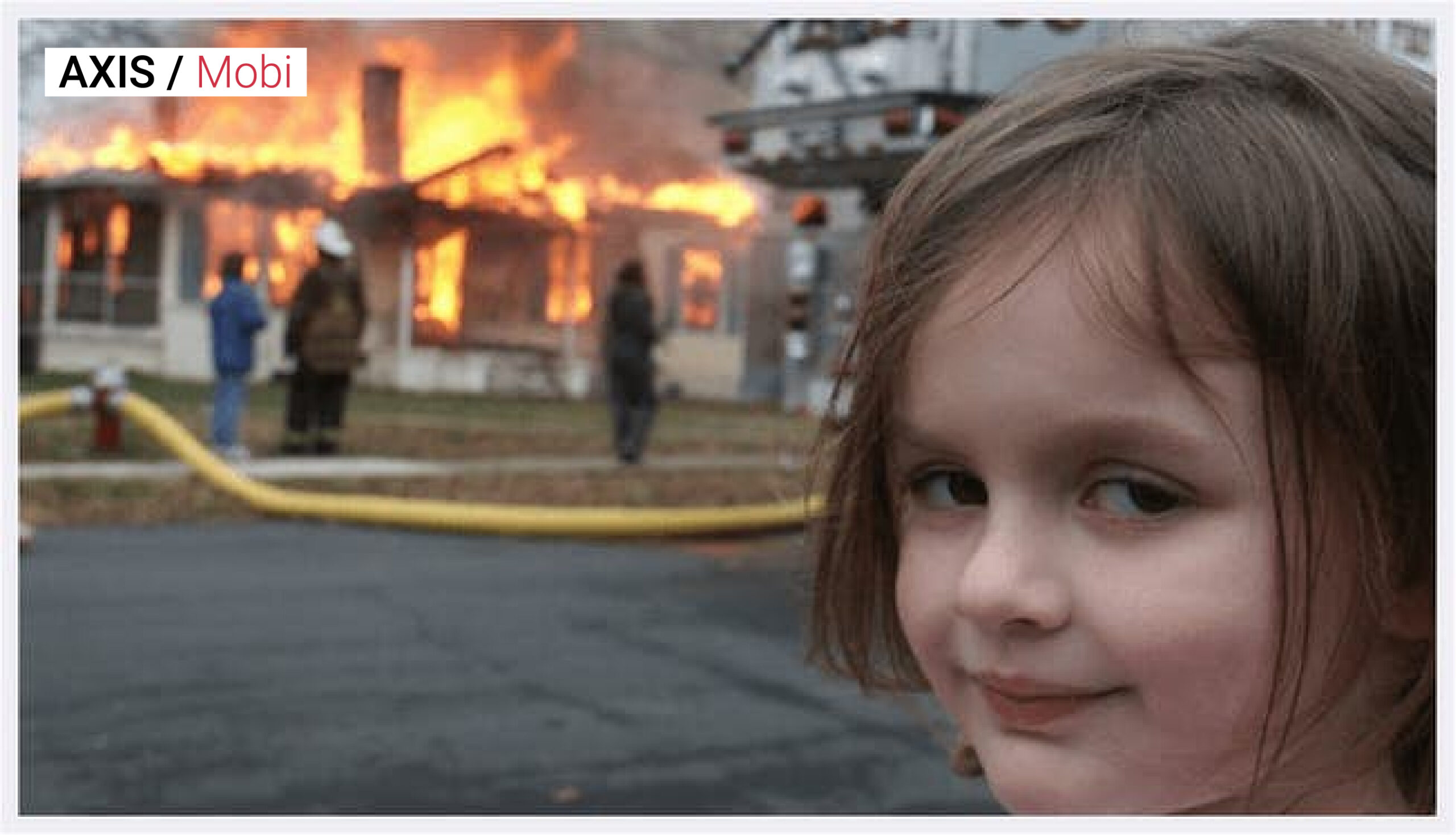
Non-Fungible Tokens are a new form of currency, where memes show their value. For example, a 4-years old girls image in front of a burning building fired up the ‘Disaster girl’ meme, which reaped half-million dollars as an NFT. The selling off helped the now grown-up girl pay off her loan and donate to charities.
Hence, one can conclude that memes are cultural phenomena that stays with us for some time.
So, does this initiate the marketers to use memes for marketing purposes?
There are four benefits which give ‘YES’ to this question. These are:
1. Memes are cheap to create-
Memes of other people can be used for marketing campaigns, but marketers should create personalized ones to gain more profit as the homespun has more charm on the internet meme. They have to work a little hard to get on the cultural trends. The hardest part is thinking of a witty caption.
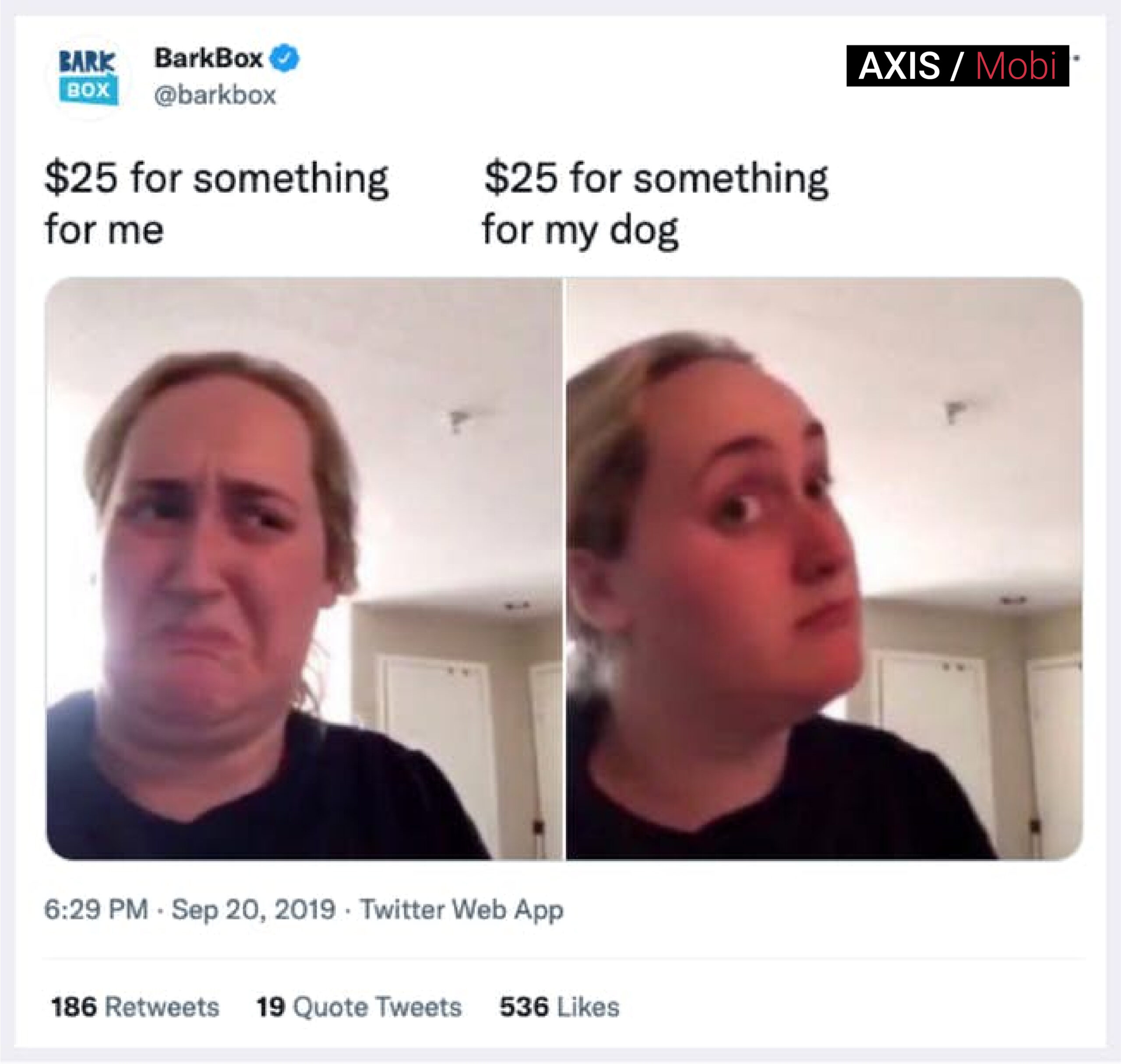
For example, the BarkBox provides a handy reference point.
The meme should be relevant to brands and the audience without connecting with a pushy sales message. When executed with skill, memes can be affordable and cheerful to attract social media interaction.
2. Memes can be a powerful brand marketing medium-
As it is said, brands can create content, which can become a meme on themselves.

For example, when Netflix released preview material for its Bird Box series, it provided the canvas for countless memes.
After Netflix released images of their series, they also encouraged engagement. To this, people started using it from cliche to absurd manner.
The latest example is the memes of Squid Game, a Netflix hit that gave the brands the benefit to increase its sales.
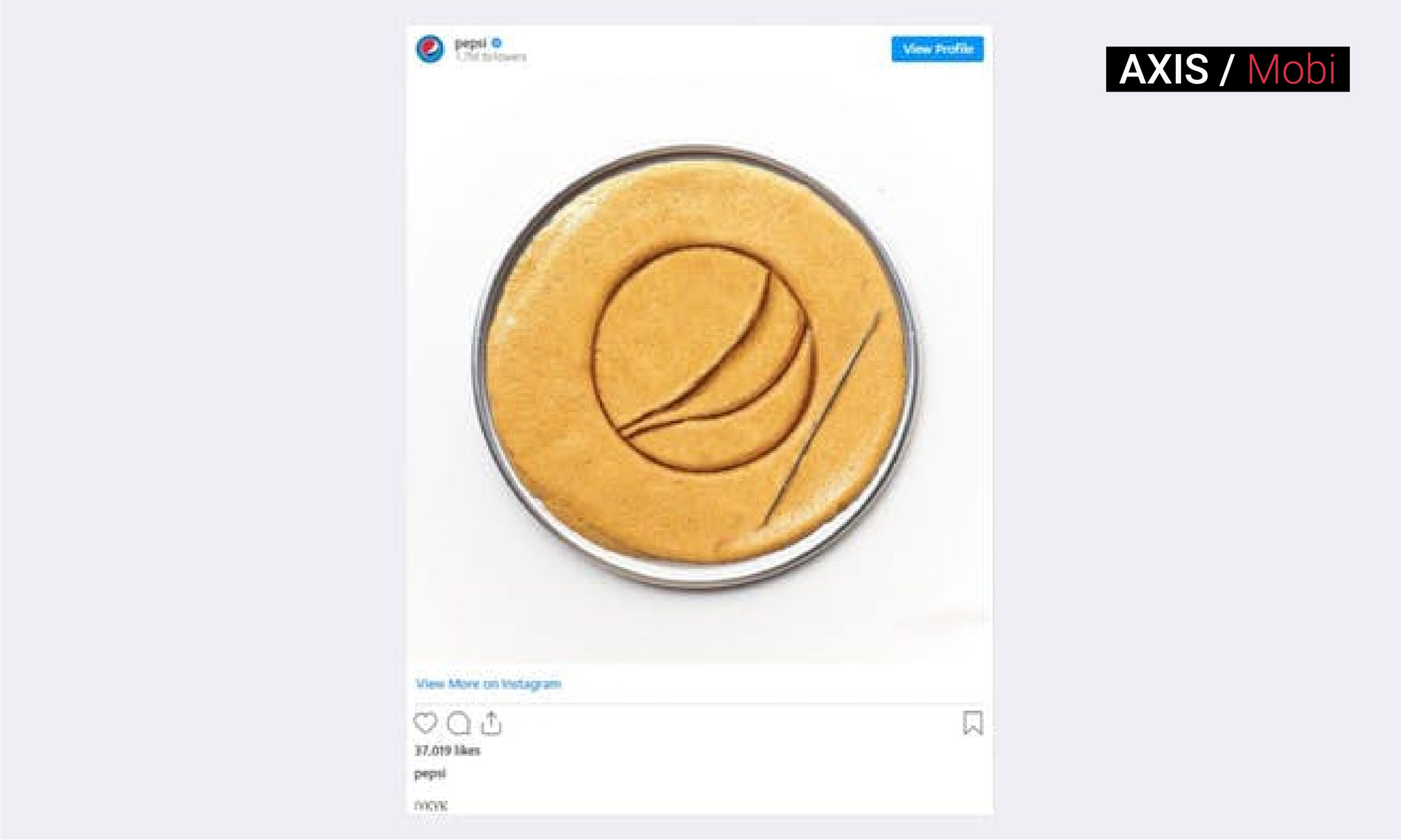
For example, Pepsi.Co attracted almost more than 37,000 likes on Instagram with their symbolic reference on Squid Game visual with the caption ‘If you know, you know.’
Companies like Netflix have native advantages of using its content factory and Hollywood Stars. But meme doesn’t always need this level of gloss to appeal te the audience.
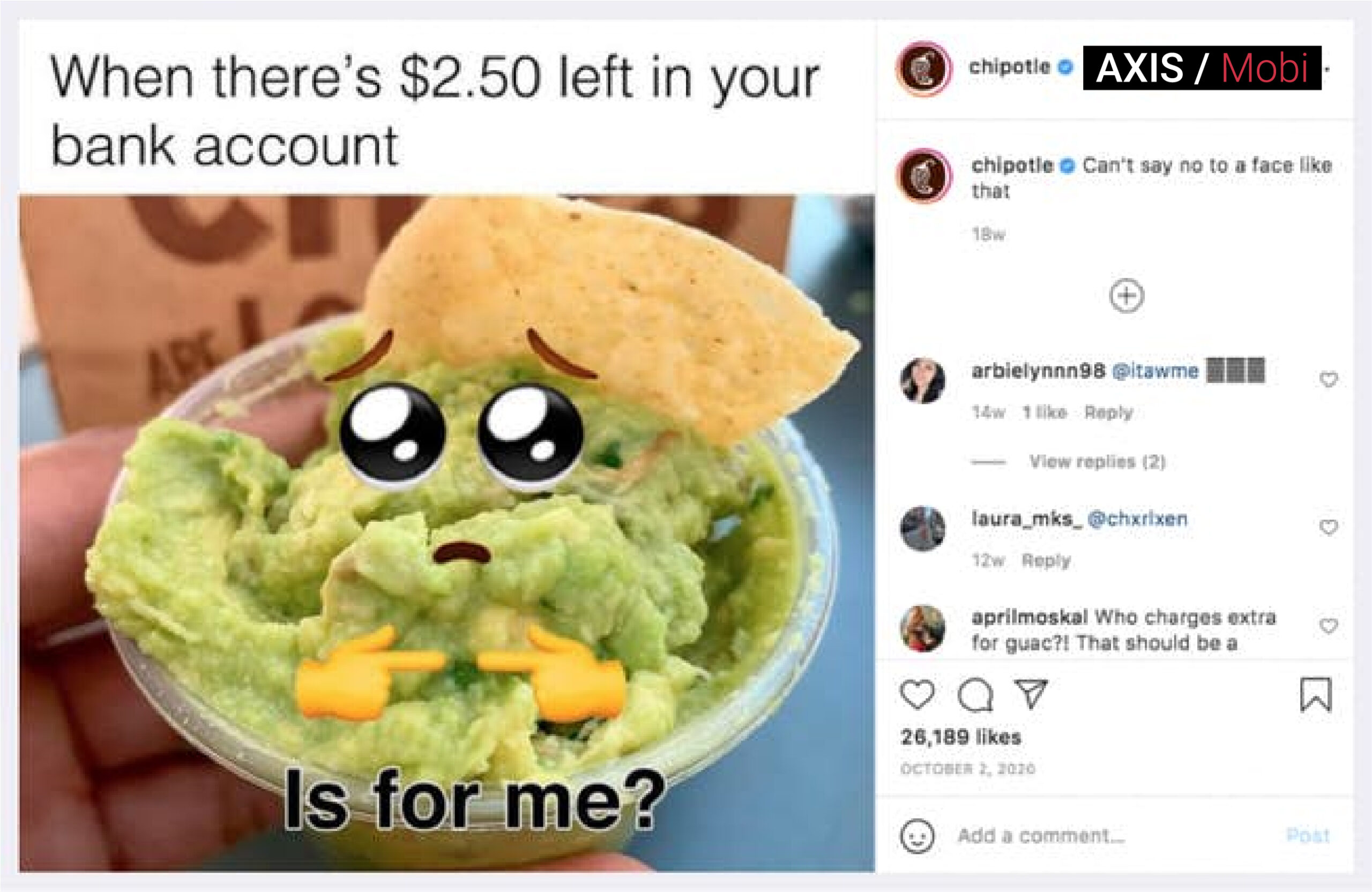
For example, the image of Chipotle had plenty of meme potential: as the most widely shared meme, it let more people see the brand. And therefore, the best meme hangs for years around.
The more widely it is shared, the more people will see the brand. And the best memes hang around for years, too.
3. Memes can show a human side to your company-
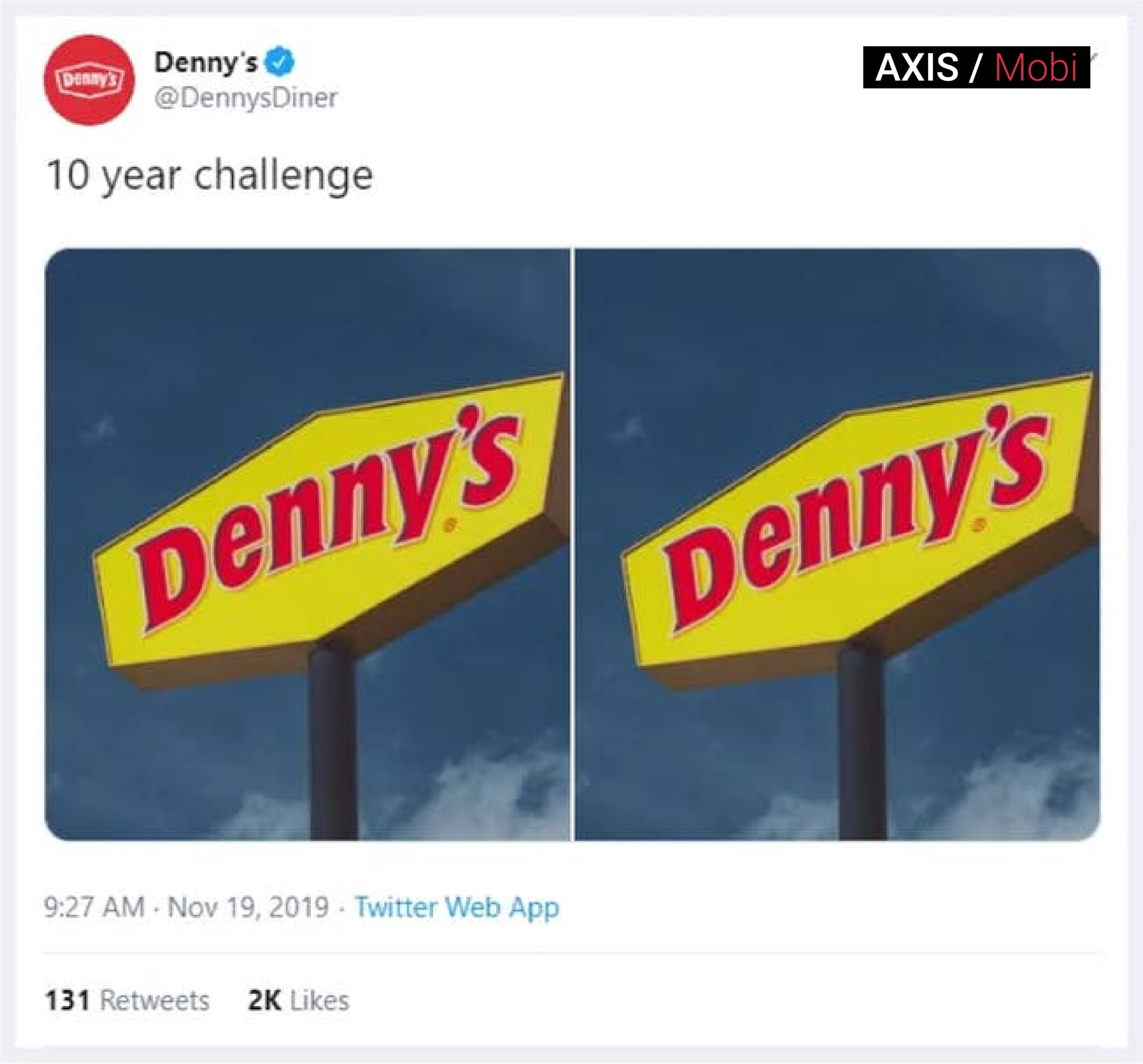
Meme helps businesses to show their human side, which means poking gentle jokes at the traditional ways of the brands—for example, the image of Denny. It jumped on the ’10-year challenge’ started by Facebook, already a viral phenomenon. It didn’t hijack the trend but joined the fun with a different meme format.
According to a study of 2017 in contagion model online- it was predicted that people share memes more, reflecting the current mood. Hence, they hope in finding social validation from other social media users.
It shows that memes should not always be funny. They can be thought-provoking and insightful. Therefore the brand should look for lighter memes, as serious ones can be politically biased.
4. Memes generate instant feedback-
Marketers exist in social media to go viral and remain in people’s conversations for the longest time. And hence, a meme exists.
Although there is no guarantee given as most memes fade out quickly, brands should learn from this opportunity and not forego any meme. As long as the attempt is not disastrous, memes can be used to get feedback from the customers.
For example, Running World’s meme exhibits excellent awareness of its fans, with fun and gentleness.
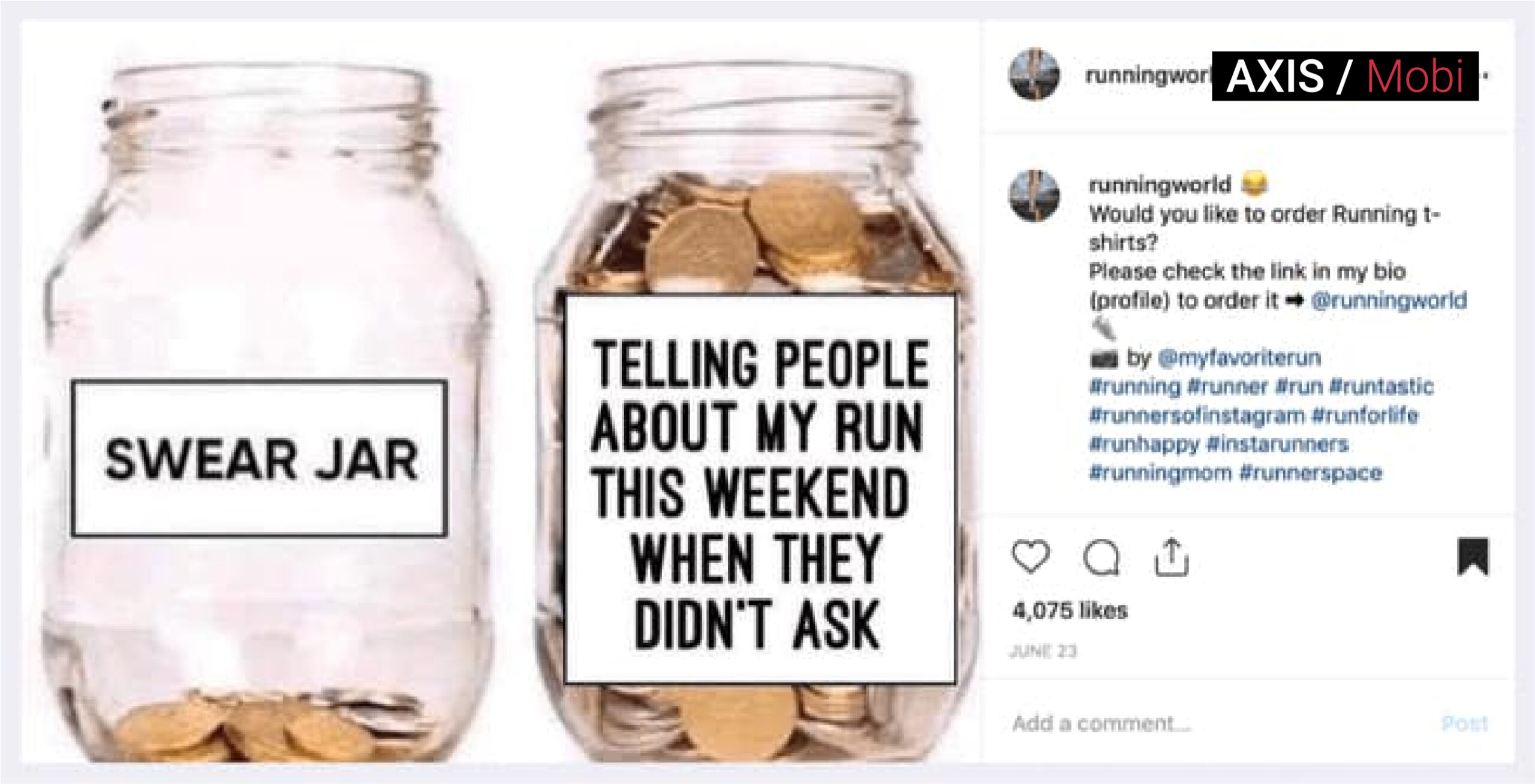
Sometimes brands need to be careful. That said, brands do need to be careful. This example from potato chip brand Ruffles has gone down in social media folklore as an example of how not to do it:

It was too focused on the brand, which didn’t give users any reason to share it. So whenever a meme is picked, it uses the existing format adding something new.
It’s worth learning the memes’ culture, changing behaviour, and observing the core principal avoid pitfalls.


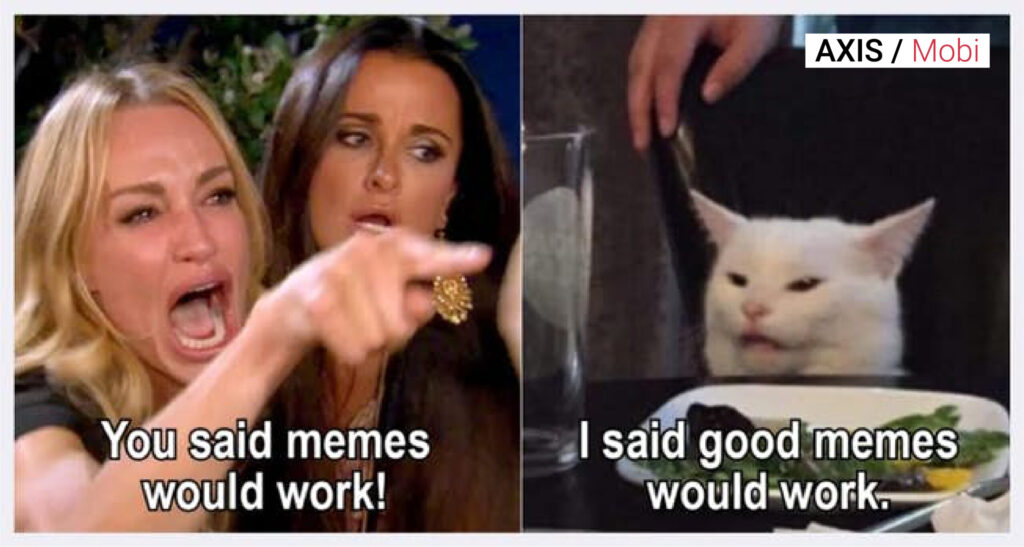


Pingback: Why should marketers use MEME as Business Strat...